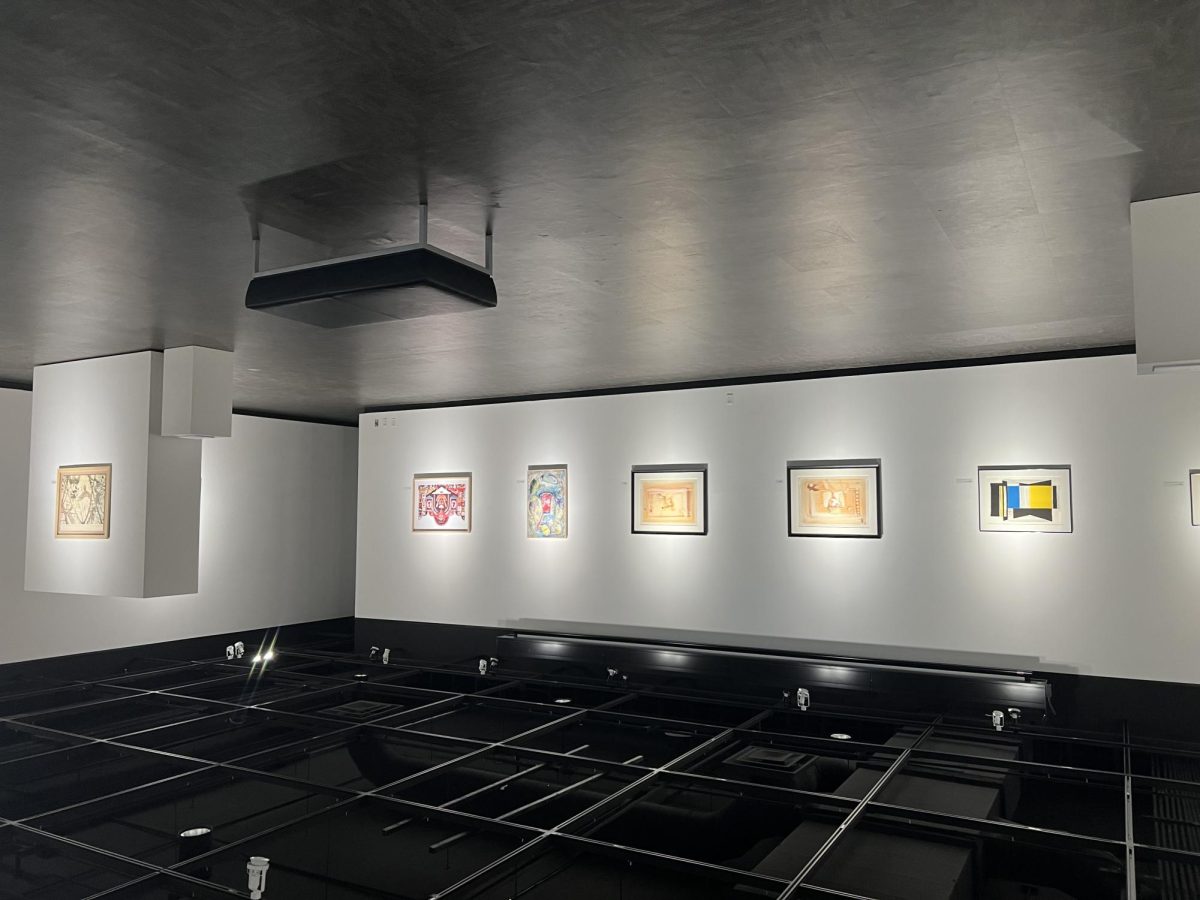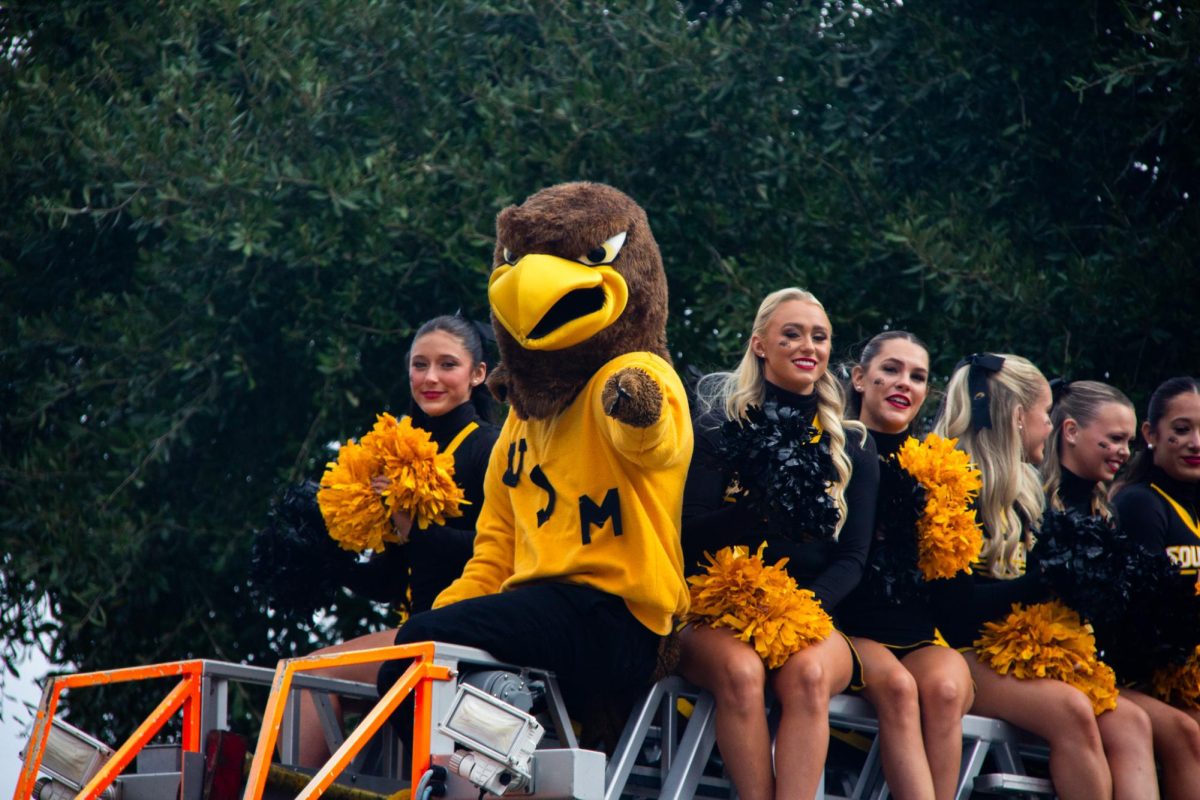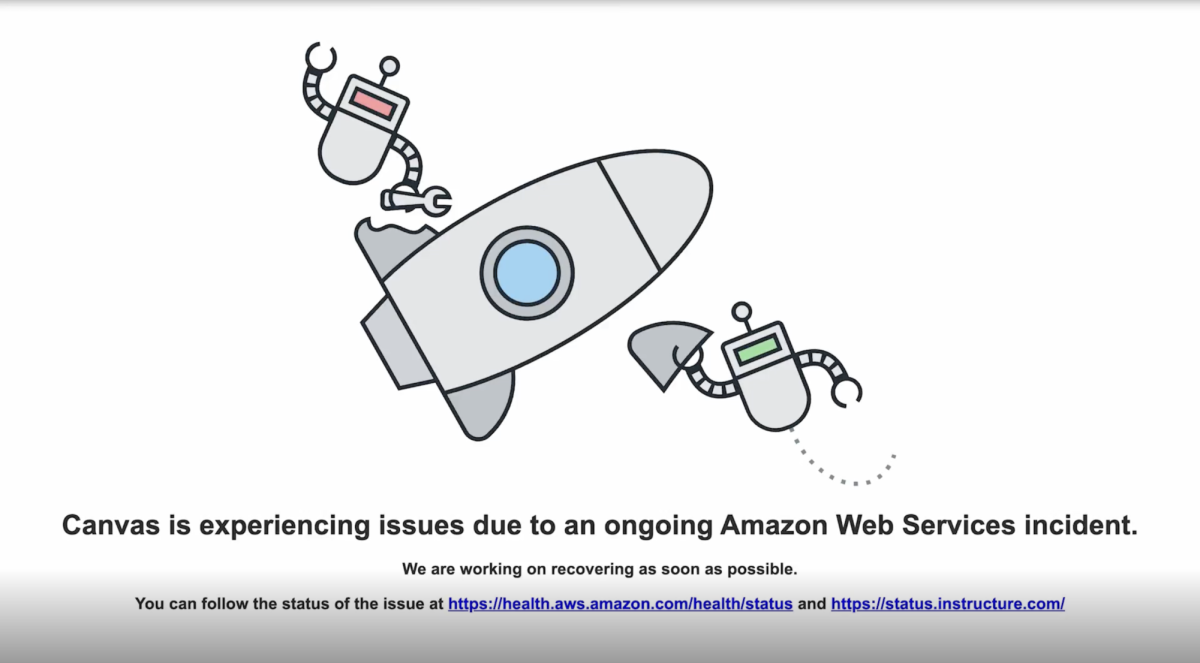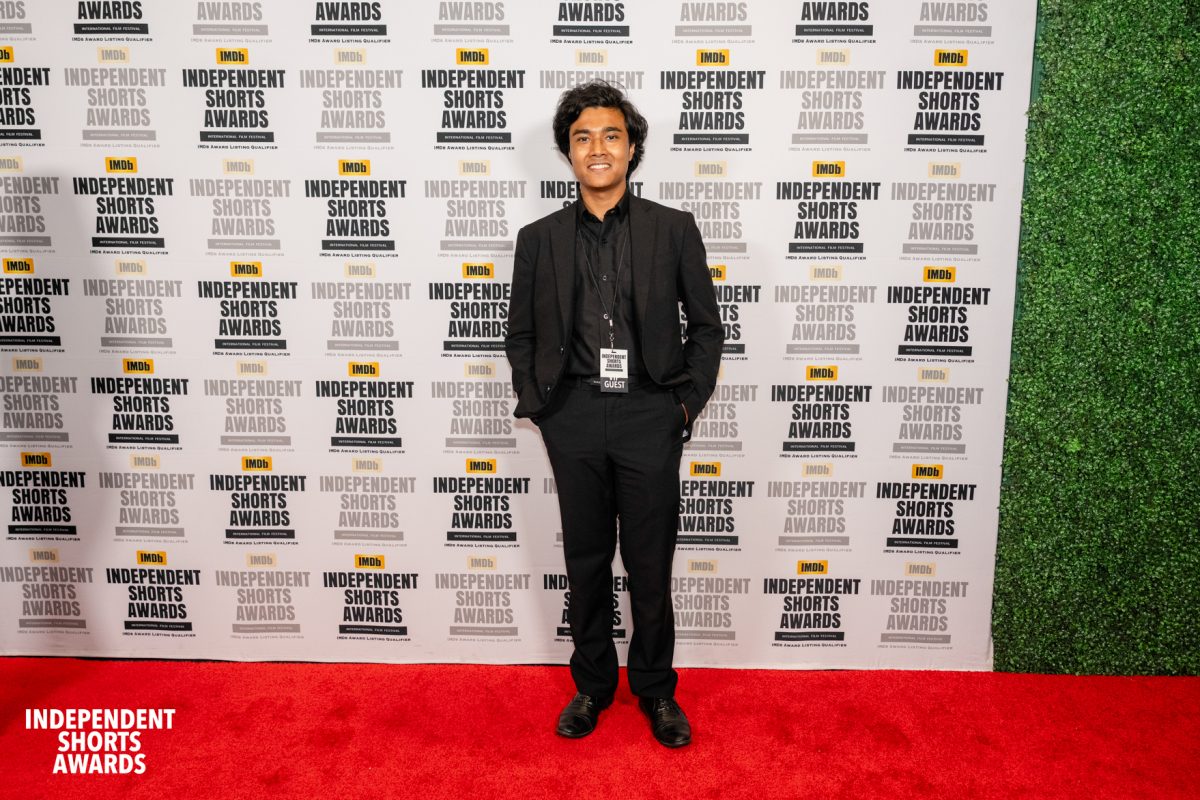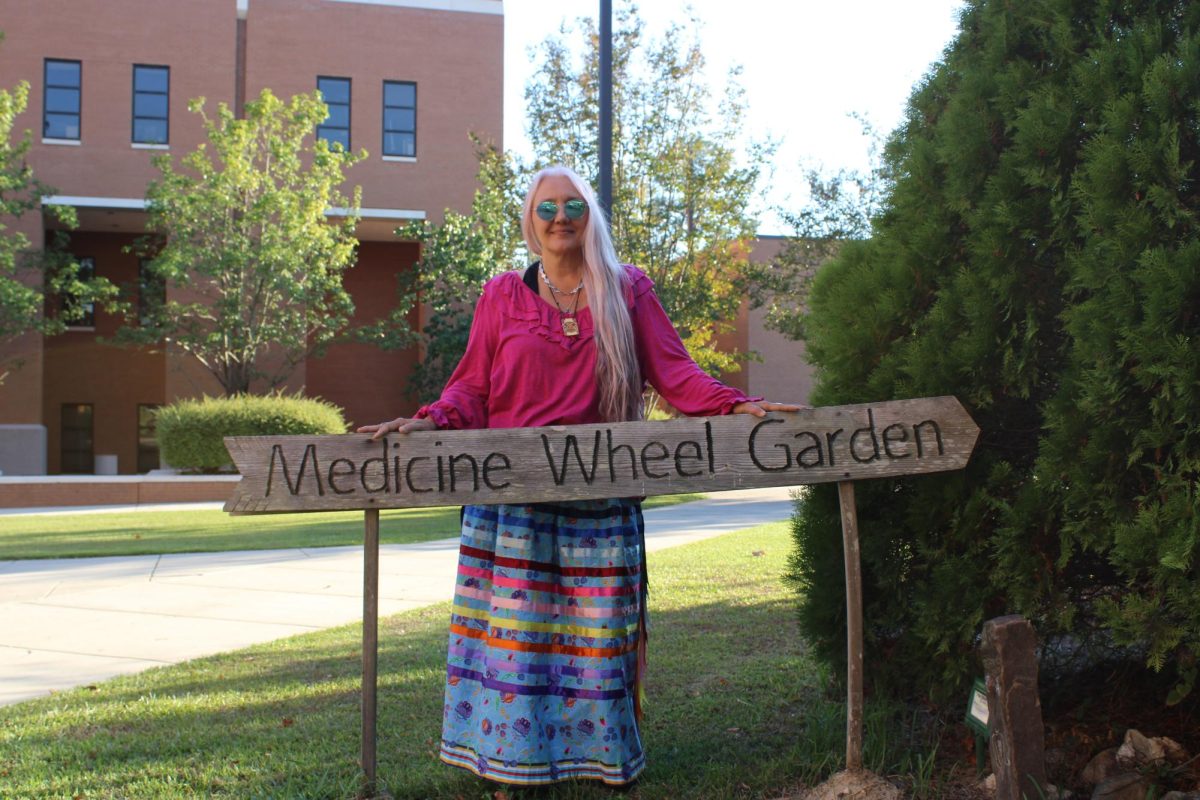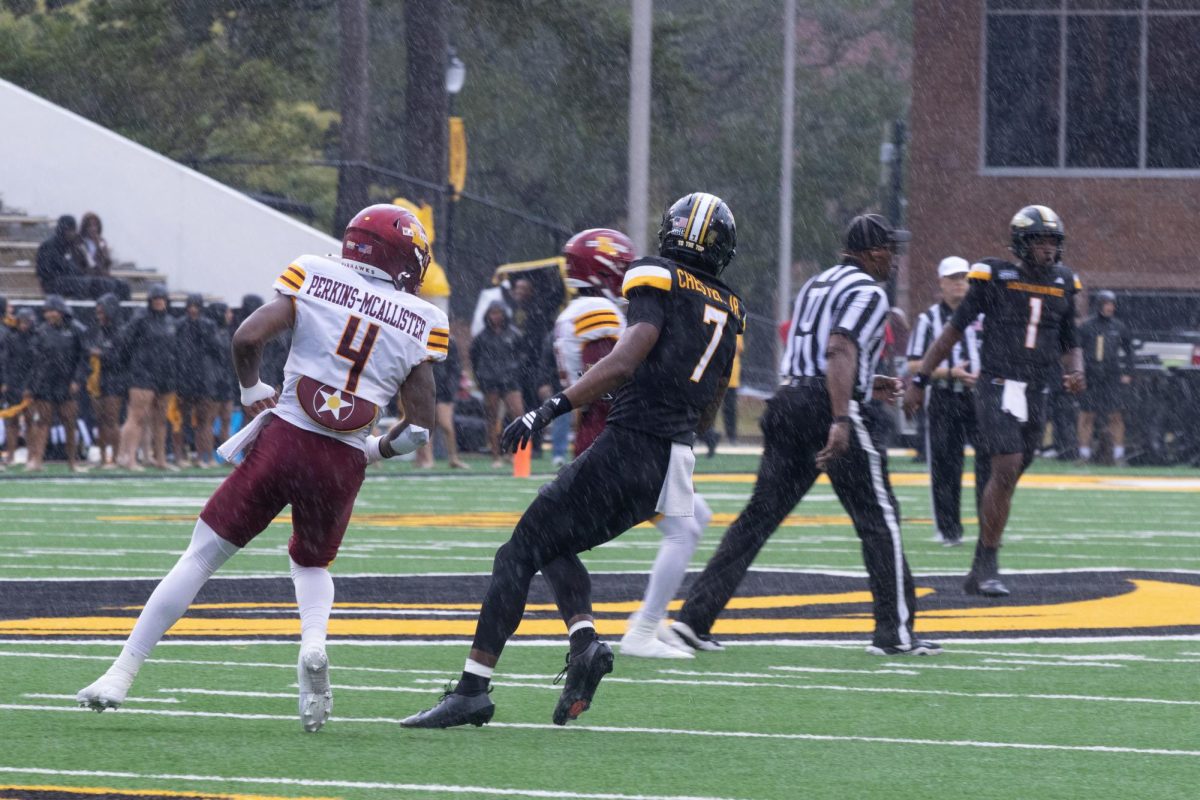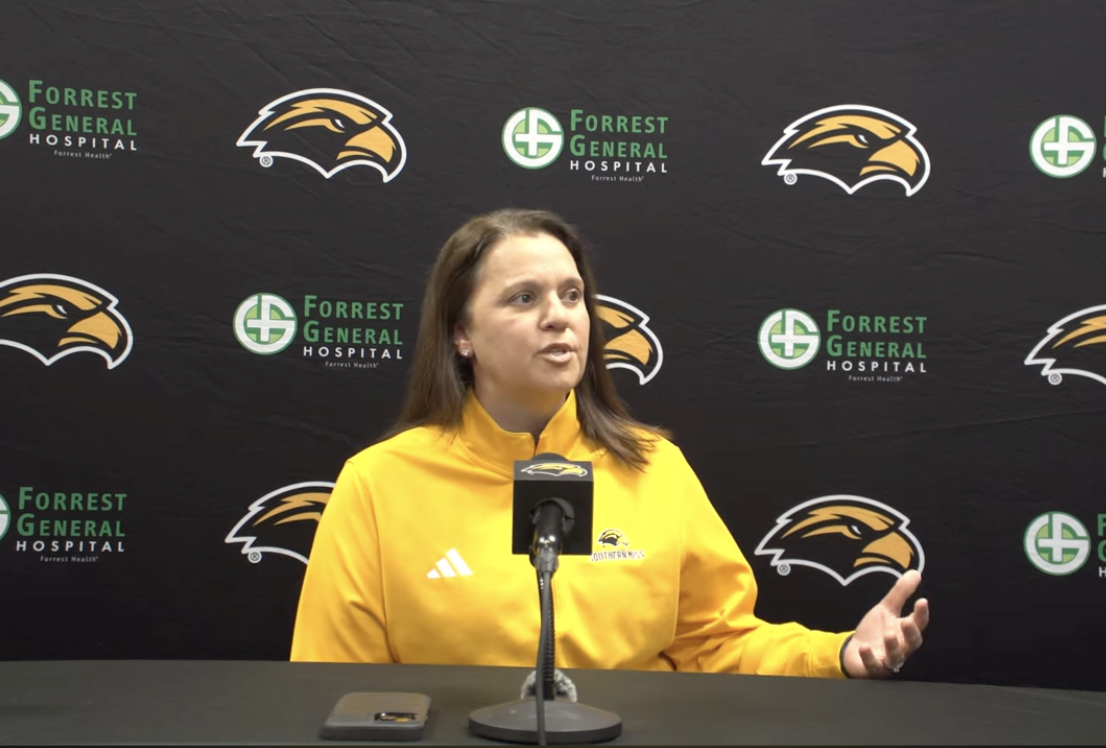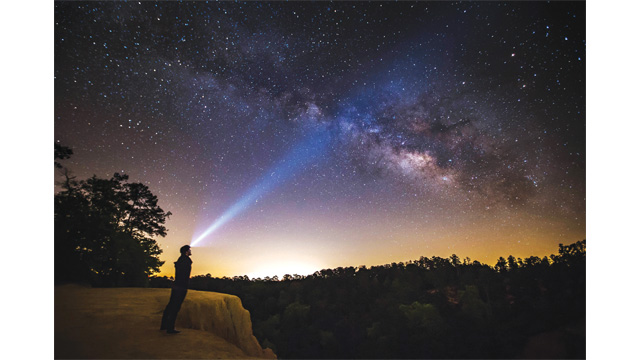An elaborately planned 2 a.m. trip to Mississippi’s mini Grand Canyon, Red Bluff, turned into a photo shoot of the Milky Way, which my colleagues and I could see with our bare eyes. Standing in amazement under the dark blanket we call the night sky on April 9, the three of us could not stop looking up at the seemingly trillions of stars glimmering above us.
After allowing our eyes to adapt to the darkness, we pulled out our iPhones, which was pointless because a phone camera could not do the scene good. We also were not fanatic enough to bring a telescope. Instead, photographer Fadi Shahin used a Canon 1Dx that the Student Printz adviser Chuck Cook loaned him. We scanned our pitch-black surroundings after staring at the constellations for a solid 10 minutes. Planning for the trip even went as far as me picking out the perfect pair of galaxy-print pajamas to wear.
This star gazing experience was one of a kind, the first time for the three of us. The night was meticulously planned. In fair weather and under clear skies, Fadi searched and waited for the perfect time and place to catch the Milky Way.
The light of the moon reduces the view of the intensity of the surrounding stars. You would not think stargazing of this degree would be accessible in Mississippi, but it actually is anywhere.
Executive director of the Tucson-based International Dark- Sky Association Bob Parks said as civilization spreads, we’re losing the ability to see the stars. Viewing conditions ideal to see the Milky Way Galaxy from Earth must meet a set of requirements. One of the most breathtaking space sights we can see with our naked eyes, Milky Way is the dimly glowing milky band that curves across the dark sky attracts thousands of nature enthusiasts every year. To view the Milky Way Galaxy with the naked eye, my posse and I followed a few tips.
According You Can See the Milky Way, a website dedicated to helping you do just that, a dark clear night sky with no moonlight is optimal for the best view of the Milky Way galaxy. An area with no city lights or other sources of light pollution is highly recommended, so we needed to travel far from the city life to a rural area. In our case, we needed to travel to Red Bluff in Foxworth, about 45 minutes away from Hattiesburg.
Using binoculars or a telescope allows the viewing of other galaxies, nebulae and comets. Out of the many shooting stars we spotted, we managed to catch a few snapshots of them.
Due to the nebula and dust clouds, we can’t see the center of the Milky Way in visible light at any time. The Milky Way during the summer is brighter in the Northern Hemisphere. Fadi was so excited that he began his Facebook post featuring his picture of himself looking at the Milky Way with “Guuuuuuuuuuys, I finally did it! I captured the Milky Way!”
His post received much love from family and friends with a combination of over 150 likes, loves and shares.
Junior graphic design major Christopher Franklin has never been to a dark sky park but is interested in stargazing.
“I’m not making this up, but there are times at night where I just like to get away from the city and stare at the night sky,” he said. “It reminds me of when I use to do it when I was a kid growing up in the country, away from the city lights. The light pollution from the city is far too much to even be able to enjoy being in the moment, but there are those nights where I drive 40 miles out of city just to lay on the roof of my car and stare into the night sky. It’s one of my ways to find peace.”
The Death Valley National Park is the world’s largest International Dark Sky Park and is located in the California and Nevada desert about two hours away from Las Vegas. Night sky tourists visit the 3 million acre destination year round. Death Valley offers “Star Wars” fans an opportunity to be in the presence of theatrical history. Scenes of the original trilogy were filmed at the park.
“Death Valley is a place to gaze in awe at the expanse of the Milky Way, follow a lunar eclipse, track a meteor shower or simply reflect on your place in the universe,” said National Park Service Director Jonathan Jarvis.
The world’s driest place is Chile’s Atacama Desert. Tourists visit the desert to view the night sky, as it features some of the best stargazing conditions in the world. The never-ending landscape and remote location of the desert allow for such ideal stargazing conditions.
There are numerous spots to stargaze in America such as Big Bend National Park in Southwest Texas, Cedar Breaks National Monument in Southwest Utah and Cherry Springs State Park in Northwest Pennsylvania. Locally, however, enthusiasts and the curious can view a vivid night sky at private observatory Penantly Creek, DeSoto National Forest and an airfield near Shuqualak, among others.
The Annual Winter Star Party is held each February on Scout Key in the Lower Florida Keys. This place is among the best places to view the detailed night sky. More than 600 astronomers from around the world join every year for viewing of the Southern Cross and other southern constellations.
Senior photojournalism major Courtland Wells said he is planning a day to go stargazing and hopes to catch sight of the Milky Way.
“My family has a farm, so out there at night, it’s really dark,” he said. “I’m all for an adventure like that. I don’t know why I would do it, honestly. I just would like adventure.”
Wells said the magnificence of the night sky attracts almost everyone.
“It is a curiosity thing,” he said. “We’re such small beings living in an infinite number of galaxies. Humans are curious.”
Join the dark side and observe the secrets of the night sky, a source of infinite captivation.

